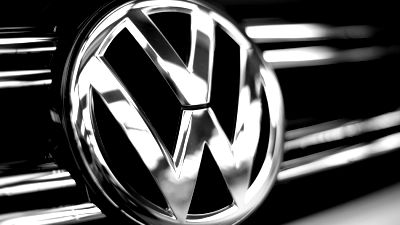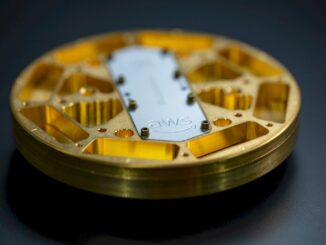
Researchers at Volkswagen have been at the cutting edge of implementing D-Wave quantum computers for a number of complex optimization problems, including traffic flow optimization, among other potential use cases.
These efforts are generally focused on developing algorithms suitable for the company’s recently purchased 2000-qubit quantum system and have expanded to a range of new machine learning possibilities, including what a research team at the company’s U.S. R&D office and the Volkswagen Data:Lab in Munich are calling quantum-assisted cluster analysis.
The art and science of clustering is well known for machine learning on classical computing architectures, but the VW approach that has been tailored to perform well on a quantum processor has undergone major alterations. As the team describes, to be mapped to the D-Wave architectures, the problem has to be expressed as a quadratic unconstrained binary optimization problem. Once done, the accuracy of results is similar to the what a classical clustering algorithm can produce.
On the one hand, that begs the question about why it is necessary to add unnecessary complexity for similar results, but as we’ve covered here, any work on quantum algorithms now is adding to a critical baseline to build from, especially for annealing-based systems like D-Wave produces (as opposed to slightly more “recognizable” gate model quantum architectures from IBM, Rigetti, and others).
The traffic flow optimization problem VW researchers mapped to the D-Wav machine in 2017 was interesting, but one has to ask about the overall ROI of the investment ($15 million per D-Wave system) in both hardware and software research terms. What is the end result of optimized traffic flow for VW?
The applicability of quantum systems is still relatively limited and the applications tend to follow the same trends. For instance, the machine learning clustering problem defined by the new research shares much in common with the traffic optimization flow work in that the problem is tuned into a graph to imagine networks of one kind of another (streets or relationships), all possible routes or options are defined as well as alternates, and overlaps are detected.
The VW research team also notes that their primary goal is to “explain how to represent and solve parts of these problems with the help of the QPU, and not to prove supremacy over every existing classical clustering algorithm.”
A technical description of the how the classical algorithm was mapped to a problem suitable for the D-Wave machine can be found in the detailed paper. We are working to arrange a much deeper interview with VW about recent progress and challenges with their 2000-qubit quantum annealer.





Be the first to comment